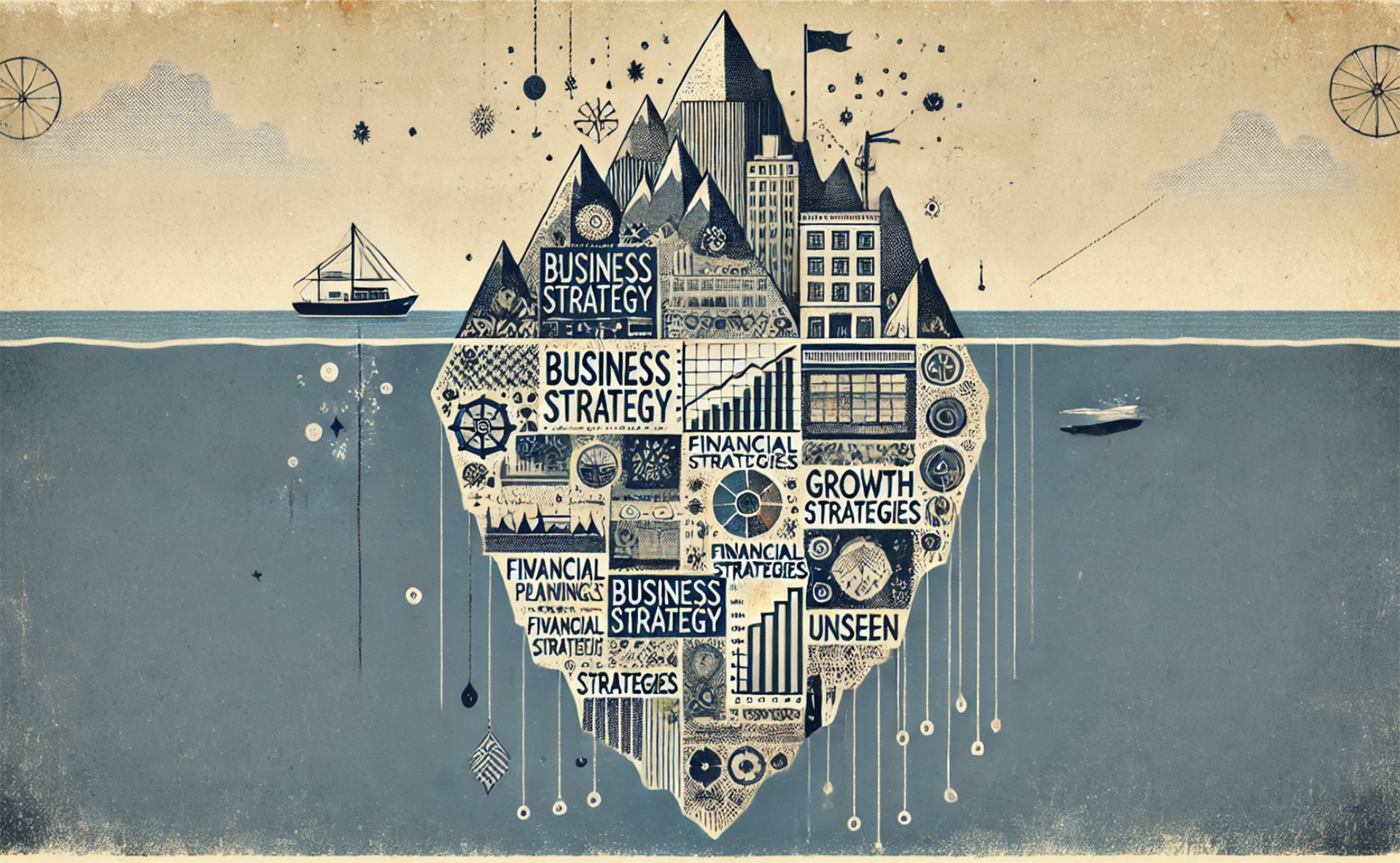Business owners, managers, salespeople, and team members have a part in creating the ideal conditions for a client meeting. There is no successful meeting without proper planning and preparation. When you present your business proposition or plan future moves, you should be all set up. This way, you will be able to retain clients and attract new ones. Having a good reputation regarding how you meet up with clients and the hard work you put behind every meeting can help make you a prominent figure in the business market.
This article will explore all the preparatory stages that lead to effective get-togethers with a client. Read on to find out how to build your working routine for a client meeting to avoid getting caught off guard and looking unprofessional.
Identify the nature of the client meeting
There are different types of client meetings. People in business come together for different reasons, depending on which different preparation is needed. Let’s see some of the most common types of meetings:
Introductory client meeting
This type of meeting is pretty self-explanatory — and important, since first impressions matter, though. A new client might be dazzled or disappointed by your portfolio, experience, and proposition. The same rule applies to existing clients. Regardless of past collaborations, your present approach toward each new project can be a dealbreaker or a formula for success. Coming to a kick-off meeting well prepared speaks dividends of your project management skills. Plus, it will inspire trust in your client as well as your team.
Business consulting session
This type of meeting reminds in a way of the many (many) articles on “20 questions to ask in order to know someone better.” In this case, that “someone” is another business that needs professional help. Learning more about its philosophy, processes, goals, and problems is possible through dialogue and by asking spot-on questions. Consultants or salespeople in your team should focus on getting a deep understanding of the client’s profile. This way, you will be able to propose more fitting solutions for your client’s unique needs.
Proposal meeting
Presenting a business proposal is an elaborate process that requires extensive research on the client’s needs and project goals. It’s the meeting that can seal the deal or lead the client to go in another direction. The better the preparation, the more effective the arguments during the meeting. Therefore, the easier it will be to get the job and leave the competition behind.
Client update meeting
Maintaining control of a project, especially a long-term one, is impossible without frequent client update meetings. During these meetups, different stakeholders and clients discuss how the project progresses. They also address setbacks, concerns, or new ideas. By regularly hosting this kind of meeting, you make sure that your work is on par with the client’s project scope and improves client retention. All in all, client update meetings function as checkpoints that facilitate the trouble-free development of a project.
Research like your life depends on it…
If the entrepreneur you are meeting with is a new entry in your client base, you should go on an in-depth research expedition. Find out about your prospective client’s industry, background, and network circles. This will enable you to connect with them better, understand their needs, and know how to treat them. People in general and businesspeople, in particular, are not all the same.
If the client is regular, then there’s no need for extensive research. However, there will always be new things to learn in order to work better on a future project to satisfy your client’s business needs. So always check in with them for updates before launching a new project!
Turn your findings into insights
The time you have spent researching should have provided you with valuable information. Now it’s time to showcase it properly. First of all, make sure that you have all the necessary documents like industry reports, visual presentations, and mock-ups at your fingertips. Use them to build your presentation and fuel the discussion. Make sure to ask the right questions to gauge the client’s honest reaction, and present your arguments and ideas with confidence to inspire trust and provide assurance.
Simple Time Tracking Solution for your Agency
Achieve the great time management and productivity control your company needs.
Create the perfect conditions for a client meeting
Finding the right place that matches the purpose of a meeting is essential. For example, it’s better to hold an introductory meeting at the client’s office or company headquarters, as you’ll get the chance to better understand the client’s company. Plus, the client will feel more comfortable meeting with you “in their field.”
On the other hand, a proposal meeting can be arranged in your office or headquarters, or even a conference room in a co-working space, depending on the nature of your business.
Video conferencing has become the new standard at the time. COVID-19 has changed business meeting norms for corporations, startups, and freelancers worldwide. Regardless of the place, you can still create favorable conditions to discuss a project. Your goal should not be to impress but offer a complete solution to the client’s problem.
Moreover, you need to think about who needs to be present during an online client meeting and invite them as well. Be very picky when it comes to assembling the right people since online meetings can be plagued by distractions and people who just look and do not participate at all.
According to statistics presented in bettermeetings, the number one reason a meeting may be problematic is the time wasted on off-topic discussions. So, make sure that your team is always punctual and to the point at every client meeting.
Overall, you should always try to create the perfect meeting conditions, either online or at a physical location. A quiet environment without distractions, a well-structured meeting agenda, the proper visuals, and a positive attitude will most probably give you the job.
Start a client meeting with an agenda
It’s vital that you create an agenda for your client meeting. Structured communication and collaboration are key factors that affect the outcome of a client meeting. In other words, you need to know exactly which topics you wish to address, discuss, and resolve. Communicate the agenda to the client ahead of time so that they know how the meeting will be structured. This move also indicates professionalism and devotion to business collaboration. On top of everything, you will not be wasting your time on project discussions without a specific purpose.
The importance of following up
Let’s say that you have completed a client meeting in the best possible way. The end of a meeting is just the beginning of a project phase. Thus, after a proper wrap-up, a follow-up plan should be arranged. All the tasks discussed and decisions made have to be put into action, so follow-ups will ensure everyone has done their part.
In a nutshell…
Mapping and managing a client meeting is a demanding process that requires in-depth knowledge of the client and the project itself. Team managers should clearly delineate and even time-track meetings for better time management while all parties involved should be well prepared to turn a meeting into a new business success.






